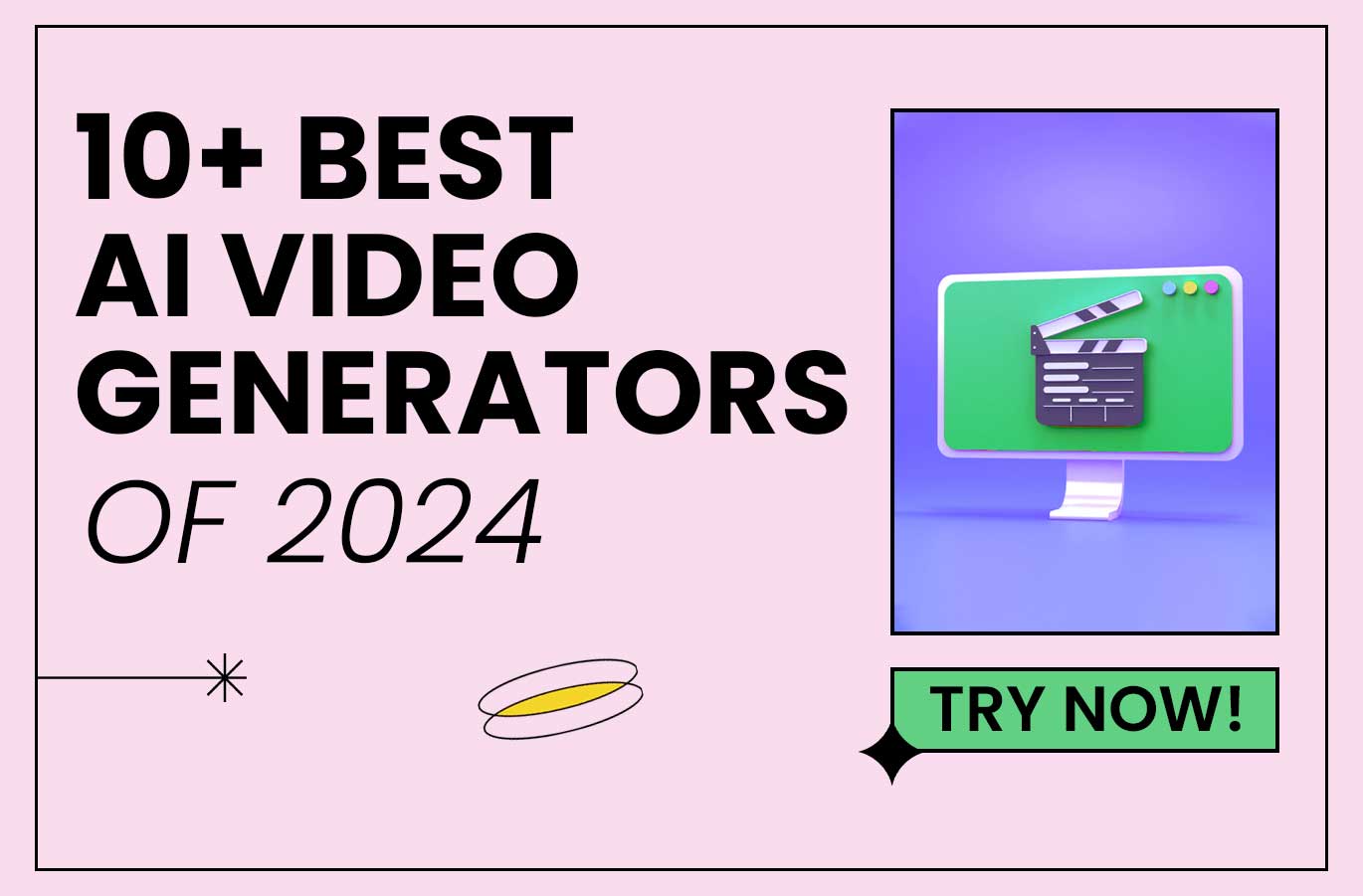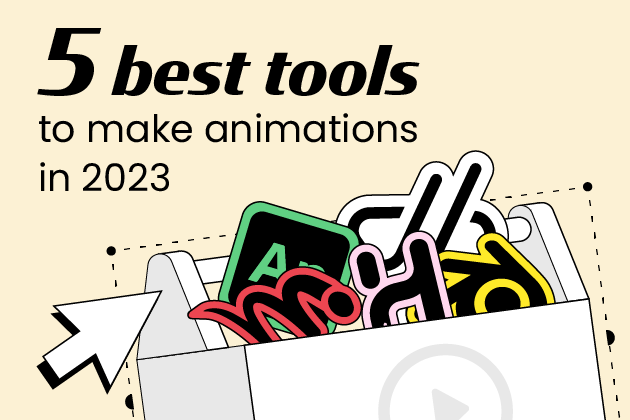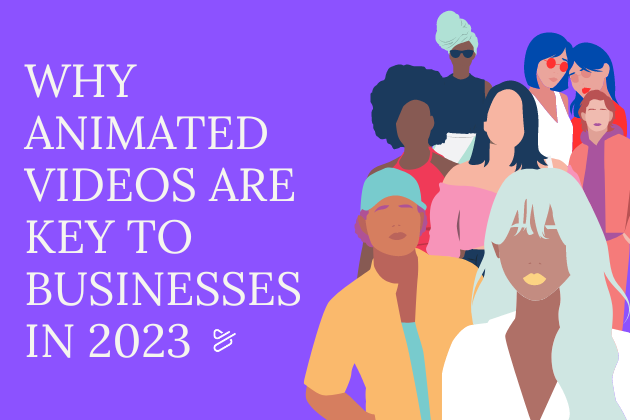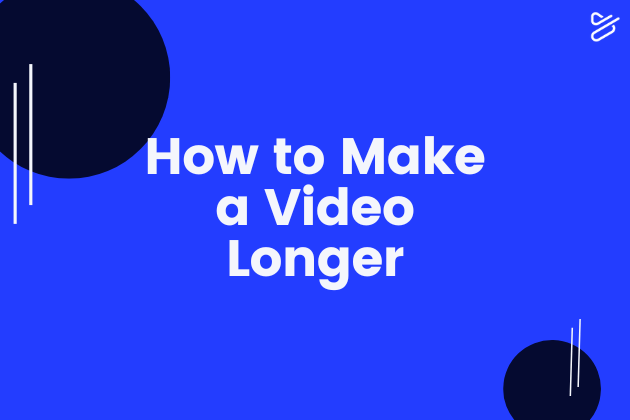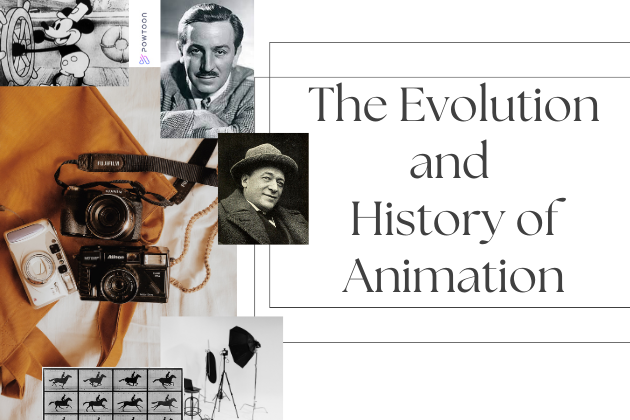
The Evolution and History of Animation
Animation has a rich and fascinating history, stretching back more than a century to the early days of film. From the first hand-drawn animations to the latest computer-generated imagery (CGI), animation styles have evolved remarkably, from simple flickering images to a significant cultural force in entertainment and beyond.
Over the years, animation has entertained audiences and pushed the boundaries of storytelling and visual expression. It has given us some of the most iconic characters in popular culture, from Mickey Mouse to Homer Simpson, and has paved the way for groundbreaking techniques in film and television.
But animation is not just a product of the entertainment industry; it has also found its way into education, advertising campaigns, and more. From instructional videos to cartoons, animated visuals have proven to communicate complex and entertaining ideas effectively.
In this blog, we will delve into animation’s fascinating history and evolution, exploring the techniques, technologies, and pioneers who have shaped the art form into what it is today.
Early Animation Techniques
The advent of photography and film in the late 19th and early 20th centuries revolutionized the field of animation by providing new tools and techniques for creating and capturing motion. Two of the most significant animation techniques that emerged during this time were stop-motion animation and cel animation.
Stop-motion animation involves creating a series of still images, with minor changes made between each one, and then playing them back in sequence to create the illusion of motion. The technique was made possible by the invention of the camera, which allowed animators to capture and reproduce images faster and more accurately than ever before. Stop-motion animation was used extensively in early animated films, such as J. Stuart Blackton’s 1900 film “The Enchanted Drawing.”
Just six years later, James Stuart Blackton released his 1906 film ‘Humorous Phases of Funny Faces,’ regarded by many as the first animated film. This film is around 3 minutes long and features the artist’s hand only at the beginning as he draws the character.
After this, Blackton used stop-motion animation to provide the illusion that the image is moving independently. These animation techniques created a whirlwind of inspiration and creativity, with many films beginning to utilize animation. It was new and exciting and offered creators a new form of expression. In 1908, Émile Cohl released Fantasmagorie, regarded as one of the first-ever cartoons.
Cel animation, also known as traditional animation, involves drawing each frame of an animated sequence by hand and photographing them sequentially to create the illusion of motion. This technique was made possible by the invention of celluloid sheets, which could be quickly drawn and photographed. Cel animation became the dominant form of animation in the early 20th century and was used extensively in film.
The Golden Age of Animation
It wasn’t long before the golden age of animation began, between the 1930s-1960s. This period was named the golden age of animation as it saw the rise of sound, color, and multiplane cameras being used alongside it.
It is believed that the golden age began in 1928 with a short animation called Steamboat Willie. This is because it was the first time that sound was synchronized with the animation, resulting in a more immersive experience. This legendary moment in amination was created by none other than Walt Disney.
Walt Disney is crowned as the one who pioneered cartoons and animation throughout the golden age, with Disney still having an enormous impact on contemporary culture. Disney is responsible for creating famous cartoons and cartoon characters, including Mickey Mouse.
While much of the credit is often given to Disney, he was not without help. His long-term friend and companion, Ub Iwerks, had a significant influence on his creations, as he was the one who provided Disney with the original drawings for characters such as Mickey Mouse.
In 1937, Disney released Snow White and the Seven Dwarfs, marking a legendary animation moment. This film was the first feature-length, hand-drawn animated film, and it paved the way for the future of animation. It ultimately pushed the boundaries of what was believed to be possible, showcasing levels of detail and expression never seen before. It was made to such a high standard that even today, Snow White and the Seven Dwarfs is cemented within pop culture and remains one of Disney’s most famous and popular movies.
Disney was also responsible for creating the multiplane camera in 1937, which completely changed the game for animation once again, as it offered a new sense of depth and realism to animation.
Following this, Disney released many other immensely popular animated cartoons, including Pinocchio in 1940, Dumbo in 194, and Bambi in 1942. This style continued to reign supreme for many years, below slowly starting to fade out of popularity in the late 60s, allowing new technology to change everything again.
Modern Animation Techniques and Trends
As the golden age ended, we began to see many techniques and trends emerge that made up what we know as modern animation. This rapid change was primarily due to the rise in popularity of television, with an estimated 92% of American homes owning a TV by 1964.
Pre-1960, animations were solely hand-drawn. However, early computers gave animation makers an entirely different way to create, once again revolutionizing the industry. Hummingbird was the first computer-generated animation, made in 1967. Animators used 30,000 images to create the piece, and although it seems essential now, it changed how animation was done.
Many people began to enjoy watching cartoons in the comfort of their homes. This meant that studios had to adapt and start creating animated cartoons for TV, and by the mid-1980s, cartoons were everywhere.
Thanks to technological advances, animation was able to be created quickly, with more detail and longer films to be made too. From the 1980s to now, many animated feature films have been created using CGI. This stands for computer-generated image, and it involves designing 3D models of characters or settings entirely from a laptop rather than hand-drawing.
The Graphics Group was the brains behind creating one of the first 3D animated movies, Adventures of André & Wally B. However, this company eventually turned into what we now know as Pixar. In 1995, Pixar released the legendary Toy Story, their first entirely CGI animated film. The 3D computer allowed animation makers to create feature-length animated films with more depth, color, expression, and personality than ever before.
Brands also began creating animated videos to help market their products or services. Animated videos can be an excellent way to tell a brand story, engaging audiences and connecting with them on a more emotional level.
Animated videos can also be used for educational purposes or explainer videos. For example, a brand may want to use an animated presentation to demonstrate how their new product differs from a previous product. This is seen a lot in mechanical animation, where a company will show the inner workings of their new device or product to demonstrate the improvements.
The Future of Animation
Despite all of the incredible advancements in animation so far, it’s still getting better with every passing year. Animation makers are always looking to harness the latest technology to see how they can use it, and emerging technologies such as Virtual Reality are likely to impact animation significantly.
Animation is no longer bound to just film and tv; it is used in various mediums, such as video games, marketing, education, and much more.
Virtual reality expands these horizons more than ever, providing animators with a new way to animate things. VR is very interactive, intending to immerse the user into a new world entirely. Therefore, animation has taken on a new form as it is made to be more life-like than ever.
Animators can use previous styles and techniques such as whiteboard animation, mixing virtual reality with live-action animation, and even interactive animation to bring an entirely new type of experience and form of animation.
Hyperrealistic animation is also becoming increasingly popular, with shows such as Love, Death & Robots as excellent example of tv shows that creates incredibly realistic-looking animations.
In the past, animation was centered around creating unique, absurd, and visually fascinating cartoons. However, due to technological advances, many animators attempt to create hyperrealistic animations to tell their stories.
Conclusion
Animation has changed immensely over the last century, from relatively humble beginnings to a complex, highly-detailed art form. While the original animation techniques of energy are from loss, technological developments over time simplified certain aspects, allowing animation makers to expand the possibilities and ideas and flex their creativity to new heights.
Walt Disney pioneered animation and played a massive role in what many people refer to now as the golden age of animation. The path was many pages, and Disney’s work remains strong today. As individuals began to explore this innovative medium’s potential, computer animation’s capabilities continued to advance and expand, ultimately giving rise to the stunning CGI masterpieces that currently dominate our media landscape. Seeing where animation takes us next is exciting, with technological advances coming faster every year.
Sign up to Powtoon today to create visually stunning animated videos and animated content. From custom characters to your very own animated videos, Powtoon’s animation tools
Sign up to Powtoon today to create visually stunning animated videos and animated content. From custom characters to your animated videos, Powtoon’s animation tools are super easy to use and allow you to create engaging and dynamic animated videos with just a few clicks.

